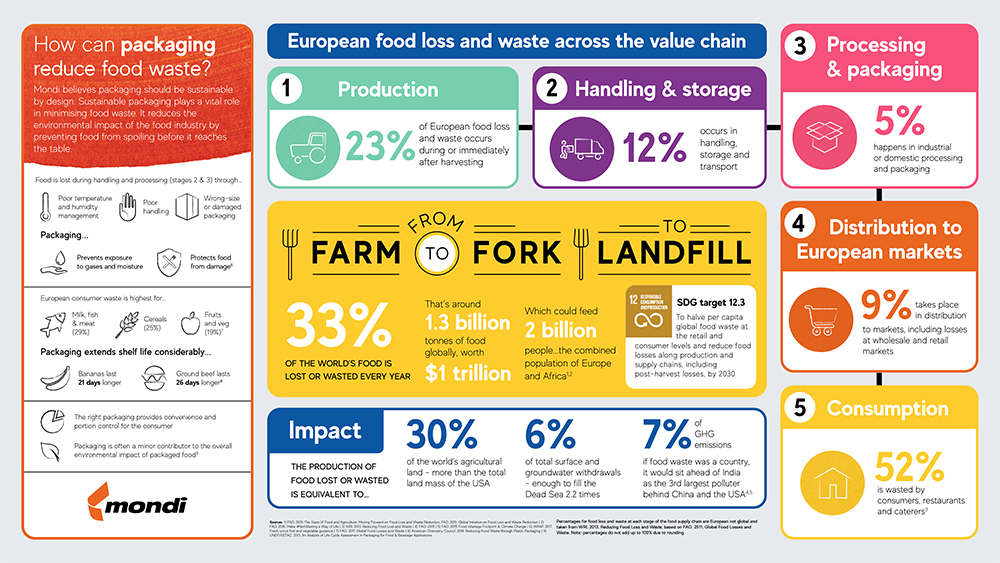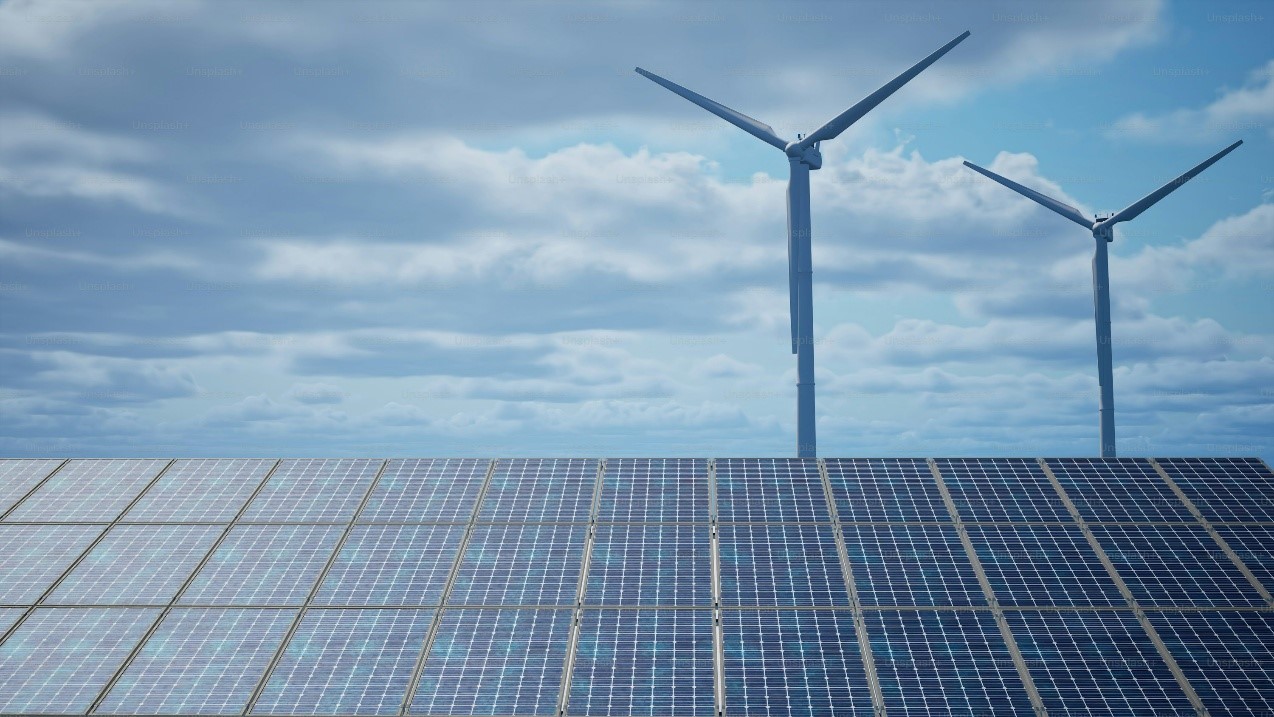
Reducing food loss and waste is also critical in the fight against climate change. Yet, it’s an issue that is often overlooked. When we throw away our leftovers, it’s not just food we’re wasting, it’s our resources too.
The production of food lost or wasted not only accounts for seven per cent of greenhouse gas emissions globally, but also uses 30 per cent of the world’s agricultural land and six per cent of total surface and groundwater withdrawals.
We all have a role to play - waste occurs throughout the value chain. In the developed world it is most prominent during consumption, with around 52 per cent of European food loss and waste occurring with consumers, restaurants and caterers.
As we look to address this issue and mitigate the problem, sustainable packaging can play a vital role. It can reduce the environmental impact of the food industry by preventing food from spoiling before it reaches the table. This is required now more than ever.
Innovations in paper and plastic packaging can extend shelf life considerably, providing convenience and portion control for consumers, for example fruit, meat, flour and pasta.
During handling and processing, food is often lost due to temperatures not being optimal, inadequate protection of delicate produce, and wrong size or damaged packaging. However, the right packaging provides barriers against moisture and gases, preventing spoilage, as well as protecting food from physical damage as it is transported.







